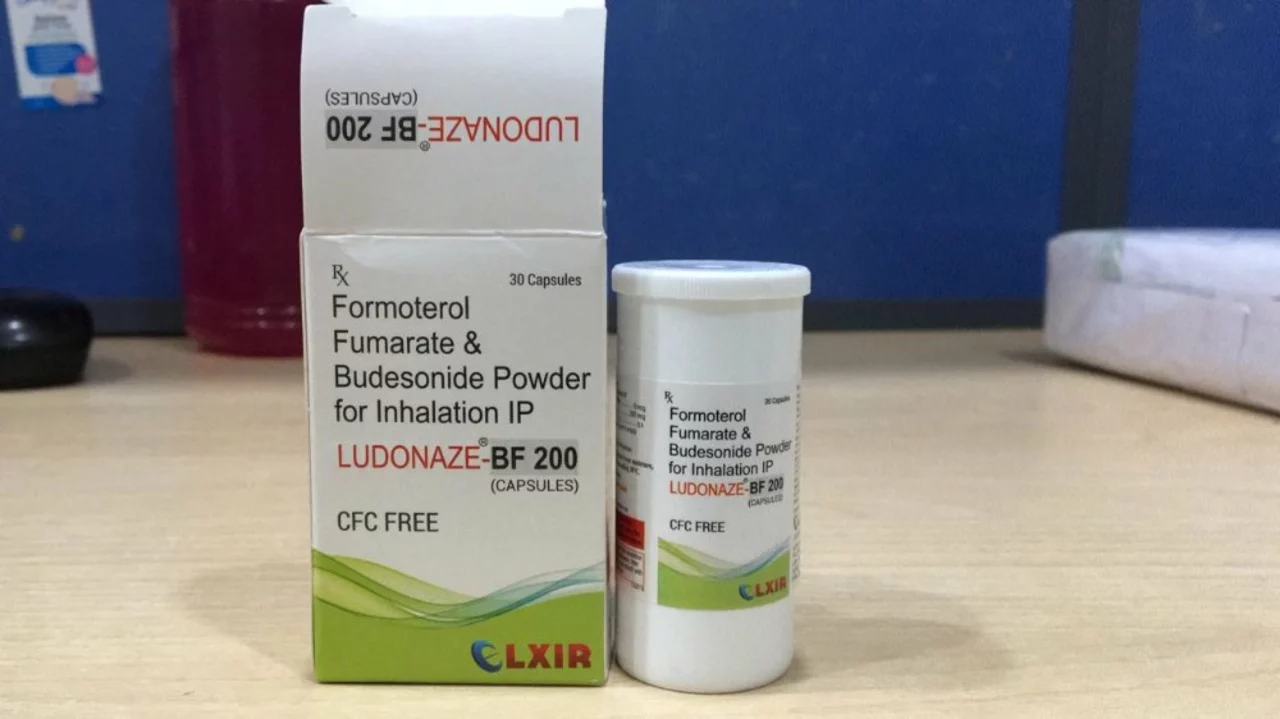Asthma management: practical steps to keep symptoms under control
Asthma attacks can come on fast, but with the right habits you can keep most days normal. This page gives straightforward, useful steps you can use today — inhaler technique, trigger control, basic monitoring, and what to do in a flare-up. No fluff, just things that work.
Daily habits that cut flare-ups
Know your triggers and cut them down. Common triggers are cigarette smoke, strong smells, pollen, dust mites, pets, cold air, and exercise. Practical fixes: stop indoor smoking, use mattress and pillow covers, wash bedding weekly in hot water, keep pets out of the bedroom, and use a mask when doing dusty chores.
Use your controller medicine every day as prescribed. Controller meds (usually inhaled steroids or steroid combinations) reduce inflammation and lower your risk of attacks. Don’t skip them because you feel fine — asthma control is about prevention, not just fixing symptoms.
Keep your reliever inhaler handy for sudden symptoms. Short-acting inhalers stop tightness and wheeze fast. If you need your reliever more often than your doctor expects, it’s a sign your controller therapy needs a review.
Check your inhaler technique. Most people don’t get full benefit because of wrong technique. For pressurized metered-dose inhalers: shake, breathe out, seal lips around the mouthpiece, press and inhale slowly, hold your breath 5–10 seconds, then breathe out. Spacers help a lot, especially for kids and older adults.
Monitor, plan, and act early
Use a written asthma action plan with clear steps for green/yellow/red zones. Your plan should say what medicines to take daily, what to do when symptoms rise, and when to call your doctor or go to the ER. Keep a printed copy at home and one with a caregiver.
Consider a peak flow meter if your doctor recommends it. Peak flow measures how well air moves out of your lungs and helps spot worsening control before symptoms get bad. Record your personal best and follow the numbers in your action plan.
Get vaccines that lower risk of respiratory infections — seasonal flu and COVID shots are often advised. If you’re older or have other health issues, ask about pneumonia vaccination.
Know emergency signs: severe breathlessness, difficulty speaking full sentences, bluish lips or face, peak flow under 50% of your personal best, or no response after reliever use. If you see any of these, call emergency services right away.
Follow up with your healthcare provider regularly. Review your meds, inhaler technique, and action plan at least once a year or whenever control worsens. Small changes in treatment can make a big difference.
Want more tips or product info? Check trusted sources and talk to your pharmacist or doctor — they can show inhaler technique, recommend spacers, and help adjust therapy. Take one practical step today: check your inhaler technique or write a simple action plan you can follow.

How to incorporate budesonide formoterol into your daily routine
Incorporating budesonide formoterol into my daily routine has been a game changer for managing my asthma symptoms. First, I make sure to take it at the same time every day to maintain consistency in my treatment. I also keep it easily accessible, so I don't forget or lose track of it. Additionally, I ensure my inhaler technique is correct for optimal delivery of the medication. Lastly, I track any side effects or changes in my symptoms to discuss with my doctor during check-ups.
Read More